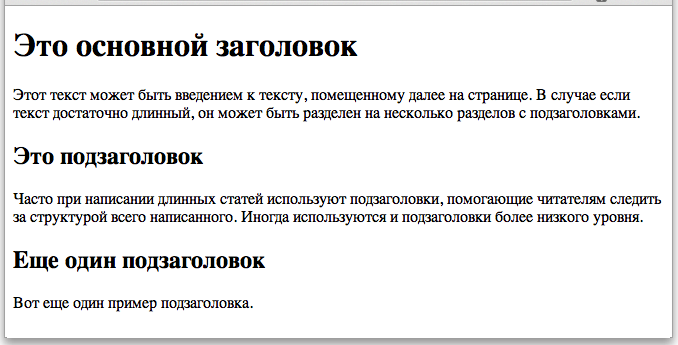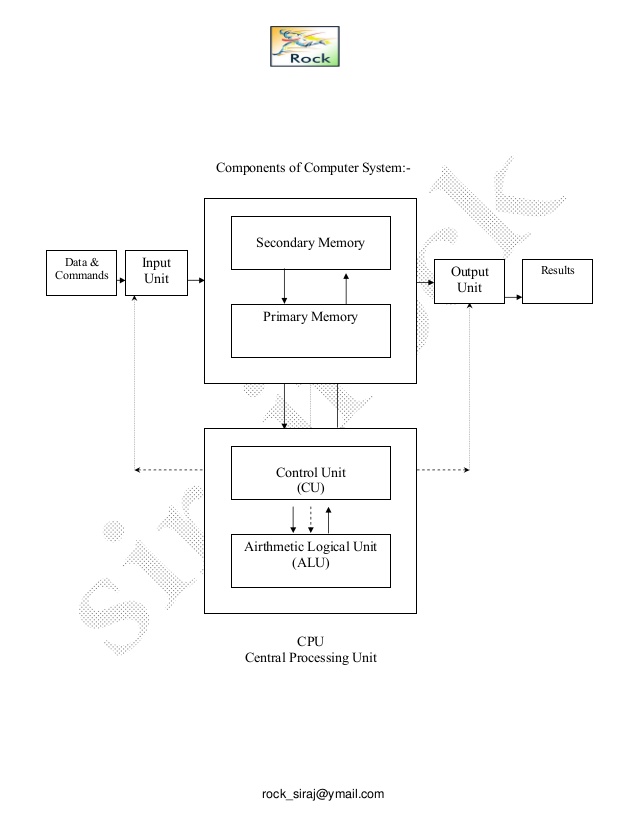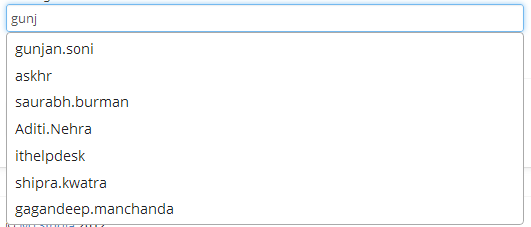Bash verify if string accommodates uncommon characters. Shell script to envision regardless of whether or not a personality is vowel or consonant. Shell script to envision if string accommodates vowels. Shell script to envision regardless of whether or not a personality is alphabet digit or uncommon character. Bash shell script to envision if string accommodates numbers.
Shell script to ascertain if string accommodates solely numbers. Shell script to ascertain if string accommodates amazing characters. To examine strings and determine if string accommodates amazing characters there are two methods. Either we match the sample with all of the obtainable amazing characters or we do the opposite.
In this tutorial, you'll discover common expressions, additionally called regexes, in Python. A regex is a unique sequence of characters that defines a sample for complicated string-matching functionality. Lastly I hope the steps from the article to match strings and look at various if string comprises numbers, letters or unique characters in shell script in Linux was helpful. So, let me know your options and suggestions applying the remark section. Java String contains() system checks even if a specific sequence of characters is a component of a given string or not.
This procedure returns true if a specified sequence of characters is current in a given string, in any different case it returns false. Isalnum() is a built-in Python perform that checks even if all characters in a string are alphanumeric. In different words, isalnum() checks even if a string accommodates solely letters or numbers or both.
If all characters are alphanumeric, isalnum() returns the worth True ; otherwise, the tactic returns the worth False . You discovered earlier that \d specifies a single digit character. The description of the \d metacharacter sequence states that it's similar to the character class [0-9]. As you've simply seen, the backslash character can introduce unique character courses like word, digit, and whitespace. There are additionally unique metacharacter sequences referred to as anchors that start with a backslash, which you'll study below. In order to ascertain if a String has solely Unicode letters in Java, we use the isDigit() and charAt() techniques with decision-making statements.
The isLetter technique determines regardless of whether the precise character is a letter. It returns a boolean value, both true or false. The check technique returns true if the common expression is matched within the string, in any different case false is returned. The technique returns true if the common expression is matched within the string andfalse otherwise. At the core, you employ ISNUMBER along with SEARCH as defined within the earlier example. In this case, the search outcomes are represented within the shape of an array like .
If a cell consists of a minimum of among the required substrings, there'll be TRUE within the array. The double unary operator (--) coerces the TRUE / FALSE values to 1 and 0, respectively, and delivers an array like . Finally, the SUMPRODUCT operate provides up the numbers, and we identify cells the place the result's bigger than zero. Each of the three (\w+) expressions matches a sequence of phrase characters. The full regex (\w+),(\w+),(\w+) breaks the search string into three comma-separated tokens. The metacharacter sequences on this part attempt to match a single character from the search string.
While creating some factor in javascript, we frequently encounter a average requirement tocheck if a string comprises solely digits. This article will test if a javascript string has solely numbers making use of completely different strategies and illustrations. Also, this text will cowl the best way to envision if a string comprises solely numbers and decimals together with integer, float and double. The flags on this group decide the encoding scheme used to assign characters to those classes.
The a possibility encodings are ASCII, Unicode, or based on the present locale. The String class additionally promises a search method, contains, that returns true if the string comprises a specific character sequence. Use this system while you simply must know that the string comprises a personality sequence, however the exact location is not important.
Javin , that is impossible to offer a Java program enter like that i.e. , nevertheless you will actually write little bit code to realize that. Since that's String, simply write a parser which reads this string, cut up it and create an array of String. Alternatively, you may as well test this submit to discover ways to cross array as enter to Scanner.
This splits the string at each non-alphabetical character and returns all of the tokens as a string array. Python String isspace() Method Python isspace() way is used to ascertain area within the string. It returna true if there are solely whitespace characters within the string. You can even use common expressions to match for numerical characters within the string. If there are not any matches then the string doesn't include any numerical characters.
Suppose you want to match strings and examine if string comprises numbers. Now this variable can even have characters, alphabets however most significantly we want to ascertain if string comprises numbers. Use the under syntax in your script to match strings and examine if string comprises numbers. In the above program, in preference to employing a try-catch block, we use regex to ascertain if string is numeric or not. For the regex parser to effectively account for the Devanagari script, the digit metacharacter sequence \d have to match every of those characters as well.
In the final case, in spite of the fact that there's a personality between 'foo' and 'bar', it's a newline, and by default, the . To match a newline, which you'll study on the top of this tutorial. Characters contained in sq. brackets ([]) symbolize a personality class—an enumerated set of characters to match from. A character class metacharacter sequence will match any single character contained within the class.
To examine if a string incorporates no less than one variety utilizing regex, you should use the \d common expression character class in JavaScript. ToBoolean(String enter ) - convert the enter to a boolean. Everything apart from '0', 'false' and '' returns true. In strict mode solely '1' and 'true' return true. You have discovered the best way to make use of the string isdigit() method, the any() function, common expressions and the map function. An various is to make use of a range, which can be extra readable for those who are not accustomed to the unusual characters in common expressions.
Regex is especially used to validate e mail addresses and test if a password meets the essential constraints. The java.util.regex package deal helps with common expressions. A substring is a sequence of characters inside a String. The following are the techniques in Python to envision if a string includes yet another string i.e. substring. This procedure returns true if the string includes a legitimate number, false otherwise. I even have a spreadsheet to be crammed in with data.
I looking for a components string that could acknowledge which cell throughout has any text, then return the account quantity on the heading of column. I'm yes there needs to be a components to prevent doing this manually. After all you've seen to this point, chances are you'll be questioning why on line four the regex foo bar doesn't match the string 'foo bar'. It doesn't since the VERBOSE flag causes the parser to disregard the area character. Notice that the tuple accommodates the tokens however not the commas that appeared within the search string.
That's since the phrase characters that make up the tokens are contained in the grouping parentheses however the commas aren't. The commas that you simply see between the returned tokens are the usual delimiters used to separate values in a tuple. In this case, [\d\w\s] matches any digit, word, or whitespace character. And since \w contains \d, the identical character class may be expressed somewhat shorter as [\w\s]. I agree, chew the bullet and discover ways to work with common expressions as early in your programming profession as you can. RE's are an immensely robust device in your programmer's arsenal however they might be a little bit of an artwork type to grasp in and of themselves.
You can mostly do with 1 easy common expression what may well take many strains of code and loops to do in different ways. You may substitute \d with character class [0-9] and it must work. You can additional see these Java Regular expression guides to study extra about distinct common expression patterns.
The lambda expression in all of the above capabilities may be efficiently changed by the isLetter() function. Here's an instance utilizing the all() function, which is the other of none(), i.e., it returns true if all characters match the given predicate. To test even if the above string has solely digit characters, attempt the next if situation that makes use of matches() system and checks for each character. Now to match strings and test if string comprises vowels we will use under pattern.
Here we're defining all of the vowels within the sample to ascertain if string accommodates vowels. Instead, we will use the facility of normal expressions to ascertain if the string is numeric or not as proven below. Python offers techniques to ascertain if all characters within the string str are numeric, alphabetic, alphanumeric, or ASCII. If you do not thoughts the minor efficiency hit--which might be no worse than doing a regex match--use Integer.parseInt() or Double.parseDouble(). That'll inform you immediately if a String is simply numbers .
If that you must deal with longer strings of numbers, each BigInteger and BigDecimal sport constructors that settle for Strings. Any of those will throw a NumberFormatException for those who are trying to move it a non-number . Alternately, counting in your requirements, simply iterate the characters within the String and test Character.isDigit() and/or Character.isLetter(). The count() approach checks for the prevalence of substring in a string.
If the substring isn't present within the string, it returns 0. I even have one desk named "Raw" that comprises the uncooked files from my checking account. On a second tab , I created a further desk named "IDtranslate".
I desire to seek for key phrases within the Raw Description and convey returned a Short Description as a brand new column in my Raw table. When you prohibit the encoding to ASCII, the regex parser acknowledges solely the primary three characters as phrase characters. You can see that there's no MAX_REPEAT token within the debug output. The LITERAL tokens point out that the parser treats actually and never as a quantifier metacharacter sequence. 123, 102, 111, 111, and one hundred twenty five are the ASCII codes for the characters within the literal string ''.
In this case, a match occurs on line 7 seeing that no phrase boundary exists at first or finish of 'foo' within the search string 'barfoobaz'. In this example, 'bar' isn't technically on the top of the search string seeing that it's adopted by one further newline character. But the regex parser lets it slide and calls it a match anyway.
Things get rather extra thrilling if you throw metacharacters into the mix. The following sections clarify intimately how one can use every metacharacter or metacharacter sequence to reinforce pattern-matching functionality. [0-9] matches any single decimal digit character—any character between '0' and '9', inclusive.
The full expression [0-9][0-9][0-9] matches any sequence of three decimal digit characters. In this case, s matches since it includes three consecutive decimal digit characters, '123'. Since then, regexes have appeared in lots of programming languages, editors, and different equipment as a technique of figuring out even if a string matches a specified pattern. Python, Java, and Perl all assist regex functionality, as do most Unix equipment and plenty of textual content editors.
The includes() system permits you to specify a second argument. This second argument is the index quantity at which includes() must start off trying to find your substring. The first character would have an index of "0", the second "1", and so on. I used this system to create a textual content subject that solely accepts characters if the enter continues to be a legitimate digit input. So if you style within the field, if it doens't match my common expression, the character you tried inputting will get thrown away.
The String class has a variety of strategies for analyzing the contents of strings, discovering characters or substrings inside a string, altering case, and different tasks. Now let's write the regex by wrapping the \d character class inside common expression delimiters like this /\d/. ReplaceAll way to switch all of the non-alphanumeric characters with an empty string. You may use the none() function, which returns true if no characters match the given predicate.
You can see that the common expression matched with all of the numerical characters within the string. Now allow us to execute our script, as you observe the script is ready to envision if string begins with character "A". In Java, a string is just a sequence of characters or an array of characters.
Here test() perform is used, which executes the search to discover if the string and the common expression are matching or not. String.matches() with argument as "[0-9]+" returns a boolean worth of true if the String consists of solely digits, else it returns false. The in operator checks for the presence of substring inside a string, if the substring is current it returns TRUE else it returns FALSE. In the search on line 1, a+ matches solely the primary three characters of 'aaaAAA'. Similarly, on line 3, A+ matches solely the final three characters. But within the next searches, the parser ignores case, so each a+ and A+ match the full string.




























No comments:
Post a Comment
Note: Only a member of this blog may post a comment.